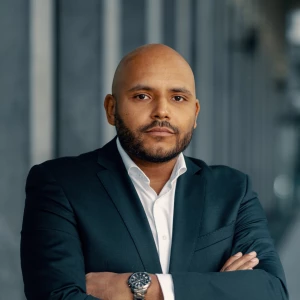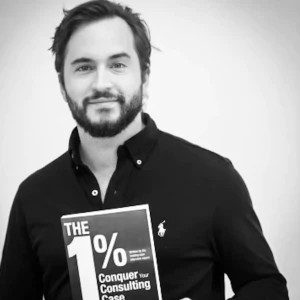Hello,
During one of my interviews at MBB I was faced with a capacity expansion case, would my structure below form a comprehensive approach?
1. Understand demand
- Current > Market and competition
- Future demand > market growth and competition trejectory
2. Client Capabilities
- Capacity > Baseline
- Efficiency > bottlenecks
3. Investment & Improvement
- Cost for expansion
- productivity improvment
4. Risk
- Operational risks
Thank you!










